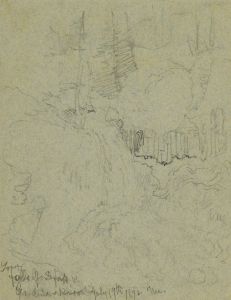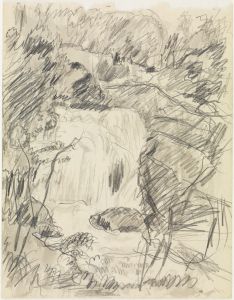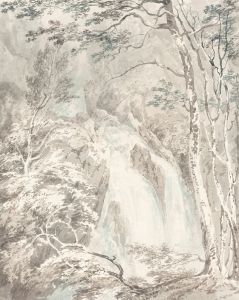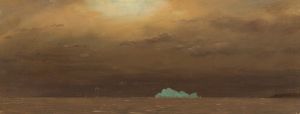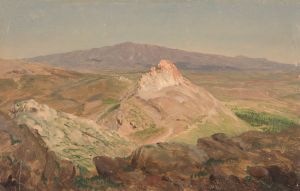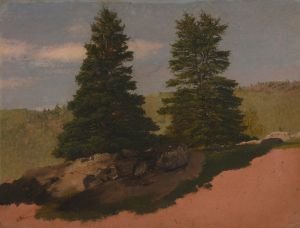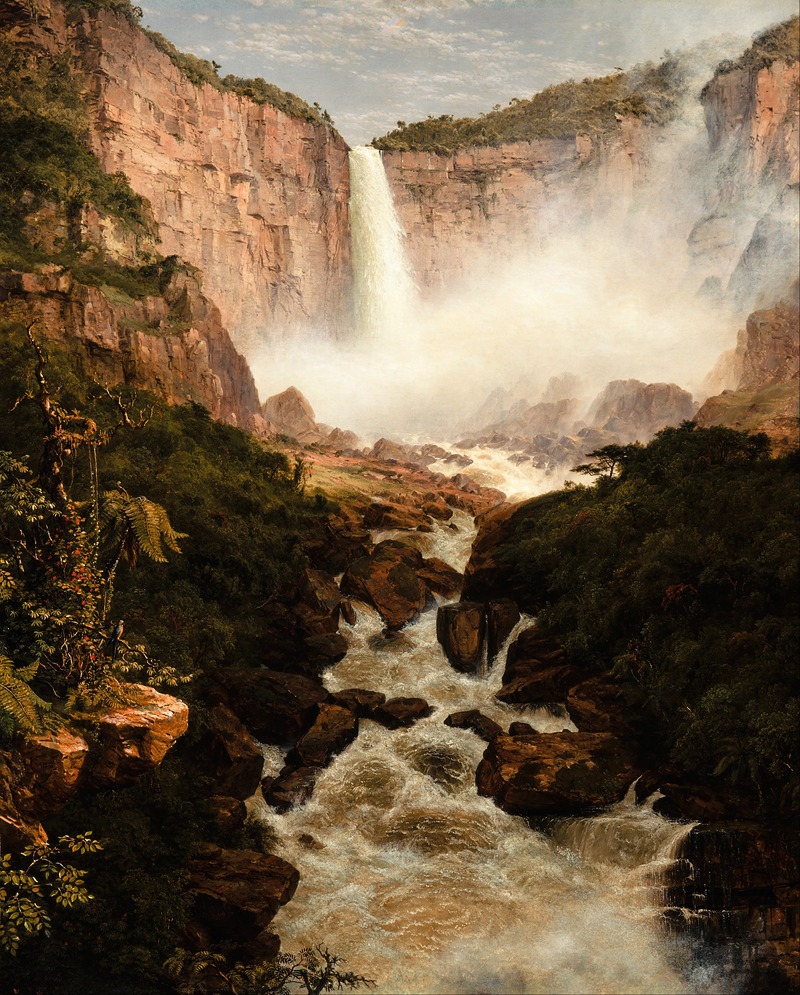
The Falls of the Tequendama near Bogota, New Granada
A hand-painted replica of Frederic Edwin Church’s masterpiece The Falls of the Tequendama near Bogota, New Granada, meticulously crafted by professional artists to capture the true essence of the original. Each piece is created with museum-quality canvas and rare mineral pigments, carefully painted by experienced artists with delicate brushstrokes and rich, layered colors to perfectly recreate the texture of the original artwork. Unlike machine-printed reproductions, this hand-painted version brings the painting to life, infused with the artist’s emotions and skill in every stroke. Whether for personal collection or home decoration, it instantly elevates the artistic atmosphere of any space.
"The Falls of the Tequendama near Bogota, New Granada" is a painting by the renowned American landscape artist Frederic Edwin Church. Completed in 1854, this work is a testament to Church's fascination with the natural world and his ability to capture the grandeur and majesty of landscapes. Church was a central figure in the Hudson River School, a mid-19th century American art movement known for its romantic portrayal of the American wilderness.
The painting depicts the Tequendama Falls, a natural waterfall located near Bogotá, in what was then known as New Granada, now Colombia. The falls are part of the Bogotá River and are one of the most famous natural landmarks in Colombia. The waterfall plunges approximately 132 meters (433 feet) into a gorge, creating a dramatic and picturesque scene that has captivated visitors for centuries.
Church's interest in South American landscapes was partly inspired by the writings of the German naturalist and explorer Alexander von Humboldt, who traveled extensively in the region and documented its diverse ecosystems. Humboldt's works were highly influential during the 19th century, and his descriptions of the South American landscape inspired many artists and scientists, including Church.
In creating "The Falls of the Tequendama near Bogota, New Granada," Church employed his characteristic attention to detail and vibrant use of color to convey the lushness and dynamism of the scene. The painting captures the interplay of light and shadow on the water and surrounding foliage, highlighting the natural beauty and power of the falls. Church's meticulous technique and his ability to evoke the sublime qualities of nature are evident in this work.
This painting is significant not only for its artistic merit but also for its cultural and historical context. During the mid-19th century, there was a growing interest in the exploration and documentation of exotic landscapes, fueled by scientific discoveries and the expansion of global travel. Church's work reflects this zeitgeist, as he sought to bring the wonders of distant lands to an American audience.
"The Falls of the Tequendama near Bogota, New Granada" is part of a broader body of work by Church that includes other South American landscapes, such as "The Heart of the Andes" and "Cotopaxi." These paintings helped establish Church's reputation as one of the leading landscape painters of his time and contributed to the appreciation of natural beauty as a subject worthy of fine art.
Today, Church's painting of the Tequendama Falls is recognized as an important example of 19th-century landscape art. It serves as a reminder of the enduring allure of nature and the role of art in capturing and preserving its splendor for future generations. The painting is held in a private collection, and its legacy continues to inspire admiration for both the artist's skill and the natural wonders he depicted.







